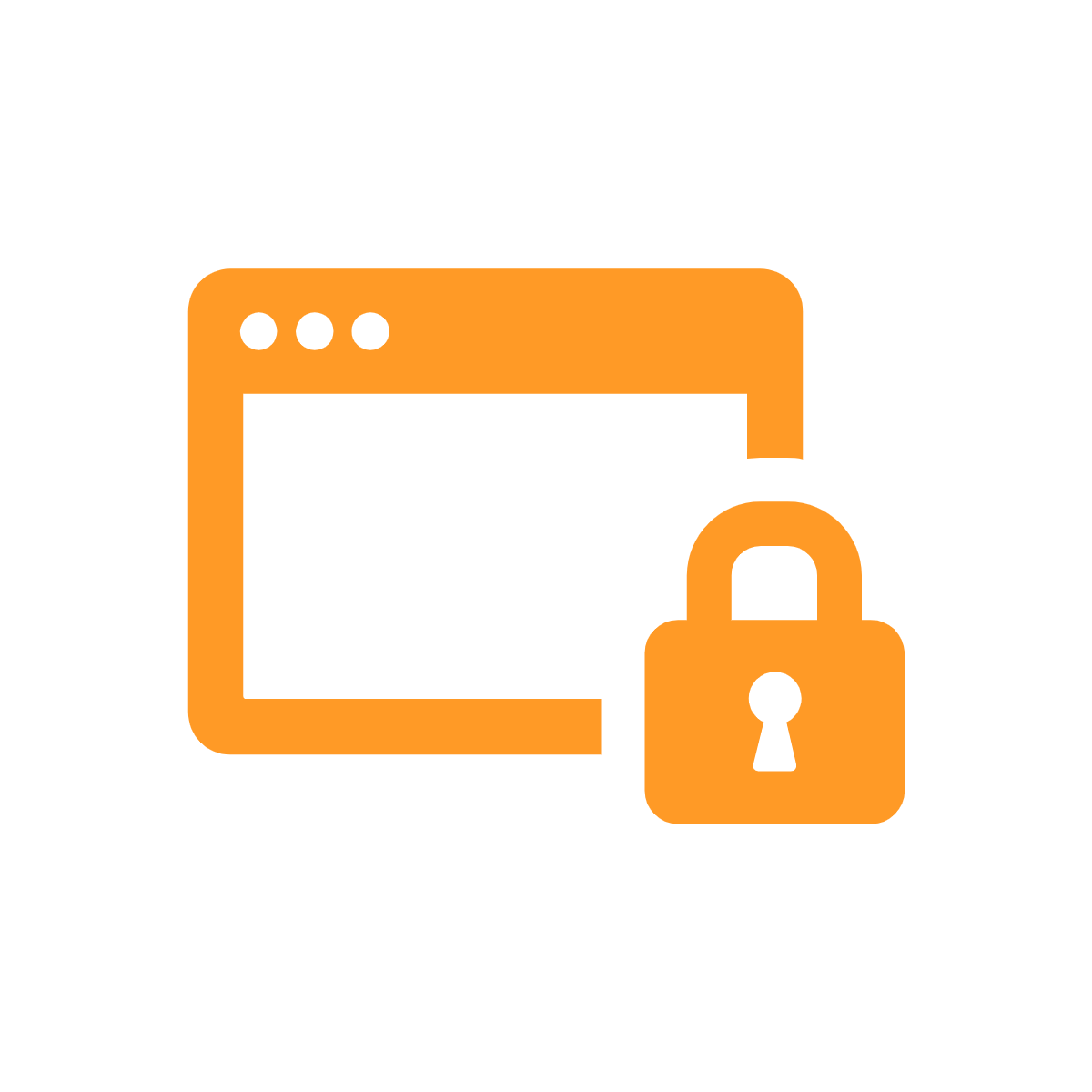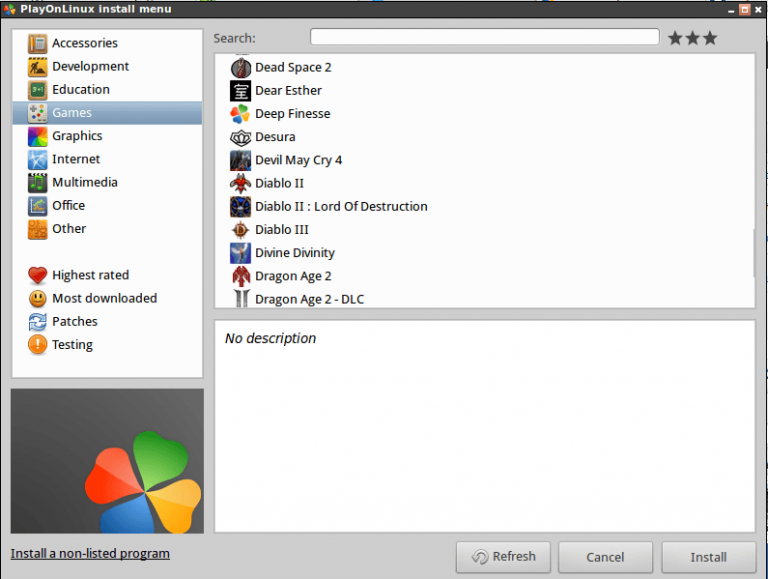

- #LINUX TO WINDOWS SOFTWARE WRAPPER DRIVERS#
- #LINUX TO WINDOWS SOFTWARE WRAPPER DRIVER#
- #LINUX TO WINDOWS SOFTWARE WRAPPER CODE#
As of October 2013, a code branch at the project site has been under development since 2006, but a feature request from 2009 has been left unassigned.
#LINUX TO WINDOWS SOFTWARE WRAPPER DRIVERS#
NDISwrapper does not implement NDIS 6 (Windows Vista version) yet, limiting drivers to Windows XP.As NDISwrapper relies on Windows drivers it only supports i386 and x86_64 architectures.NDISwrapper relies on the elderly "wireless-extensions" to enable applications to access Wi-Fi.It has since been ported to DragonFly BSD and NetBSD. Independently of but roughly simultaneously with the NDISwrapper project, Bill Paul of Wind River Systems developed a similar system, known as Project Evil or The NDISulator, for FreeBSD.DriverLoader is a commercial tool produced by Linuxant for Linux which seems to provide the same functionality as NDISwrapper.So the "mini ntoskrnl" must know there are other drivers, it must have registered them in its internal database a priori by reading the Windows ".inf" files.
#LINUX TO WINDOWS SOFTWARE WRAPPER DRIVER#
If the Windows driver is composed of layered drivers (for example one for Ethernet above one for USB) it's the upper layer driver which is called, and this upper layer will create new calls (IRP in Windows parlance) by calling the "mini ntoskrnl".

It's possible from a Linux driver (NDISwrapper is a Linux driver) to call a Windows driver because they both execute in the same address space (the same as the Linux kernel). It then converts the Linux query into Windows parlance, it calls the Windows driver, waits for the result and translates it into Linux parlance then sends the result back to the Linux application. When a Linux application calls a device which is registered on Linux as an NDISwrapper device, the NDISwrapper determines which Windows driver is targeted. A wrapper converting Linux calls to Windows and the other way round, also managing results and error codes.managing filter drivers in a simplistic way.managing IRP to the Windows driver (WDM only at the moment).managing calls from the Windows driver.A minimal Ntoskrnl simulating the DDK for:.The USB manager is composed of two parts, first a tiny USBD implementation (USB stack) then a simple Windows Driver Model (WDM) USB driver that is itself composed of two parts: The front part will receive calls from the NDISwrapper USB stack (in fact from calls coming from the original Windows driver that were normally intended to go to the Windows USB stack) and the rear part is using Linux USB stack. A USB manager and a PnP manager to make it possible to use Wi-Fi card embedded in USB sticks.It exposes a "wireless extension" interface. A Wi-Fi manager, to control the radio and security part of the Wi-Fi card.An NDIS driver, which is a kind of overlay for Ethernet device drivers.It was useful at a time where there were no Linux Wi-Fi drivers for common Wi-Fi cards.

NDISwrapper enables a Unix-like system to use Windows drivers of type NDIS and WIFI. There are graphical frontends to NDISwrapper, such as Ndisgtk and NdisConfig, which allow NDISwrapper to be installed using a graphical user interface rather than console commands.


 0 kommentar(er)
0 kommentar(er)
